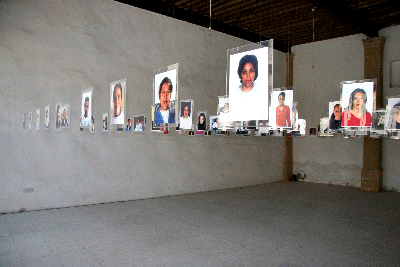- Database
- Nicosia
- 02.05.2005
- NETWORKED CULTURES
The project aims to animate and activate public spaces, buildings and sites in the divided city of Nicosia and the war-ravaged Green Line, partitioning the capital of Cyprus, through an international public arts event.
The purpose of the project is to reinforce communication and exchange but also to encourage an alternative discourse which diverges from the political perspective that has been largely limited to the internal issues surrounding the perennial ‘Cyprus Problem’.
Rather than focusing solely on issues of opposition, division and closure, the exhibition and its 30 parallel events hope to focus on the possibilities for political and cultural co-habitation, communication, and social change, as a way of imagining a peaceful and hopeful future for the island.
